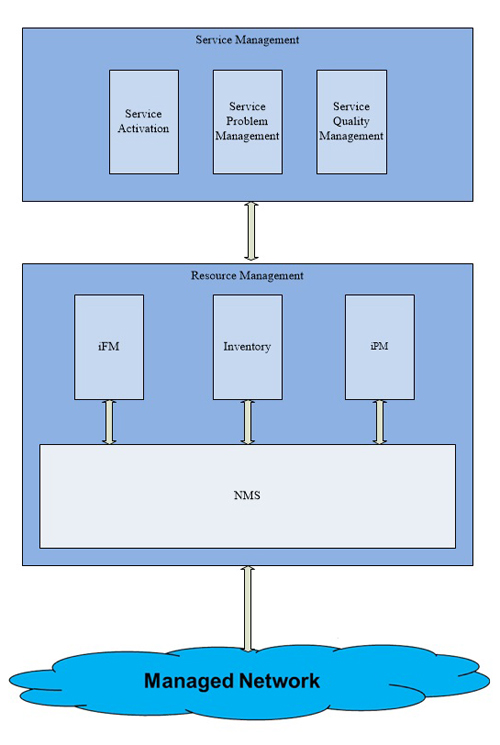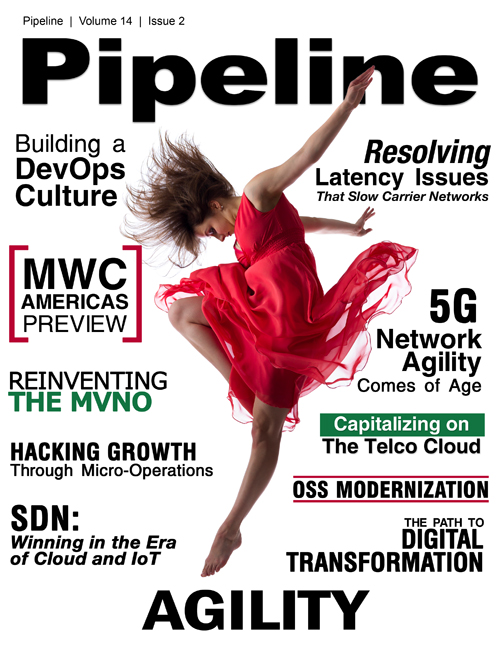A CTO's Thoughts on OSS Modernization
Solutions
Existing OSS ecosystems need to be transformed into more streamlined and modernized OSS ecosystems, the key components being:
- Single platforms capable of interacting with the management network at the resource layer
- Single set of interfaces to a unified resource management layer at the service management layer
- Modernized NMS systems that provide a unified set of interfaces to the advanced resource management layer for northbound and the managed network for the southbound (best if standardized)
- Accurate inventory management systems that can boast data consistency and integrity
- Across-the-board OSS functions for all networks
- End-to-end service management layers that manage the entire services lifecycle

Fig. 2 - Modernized OSS Ecosystem
After OSS transformation, integration can be dramatically streamlined. When networks only need work with a single platform, they are freed from the burden of serving outdated OSS, thus releasing more resources for services provided to end customers. After transformation, functions covering multiple domains can reside either inside a single platform or share the same data from the single platform — refocusing them on solely internal application logics. The fundamental component of such OSS modernization is NMS modernization, because it resides at the bottom layer on which all upper layers depend.
Benefits of a modernization OSS ecosystem include: operation cost savings, reduced maintenance complexity, accelerated service time to market, and agile problem resolution.



















